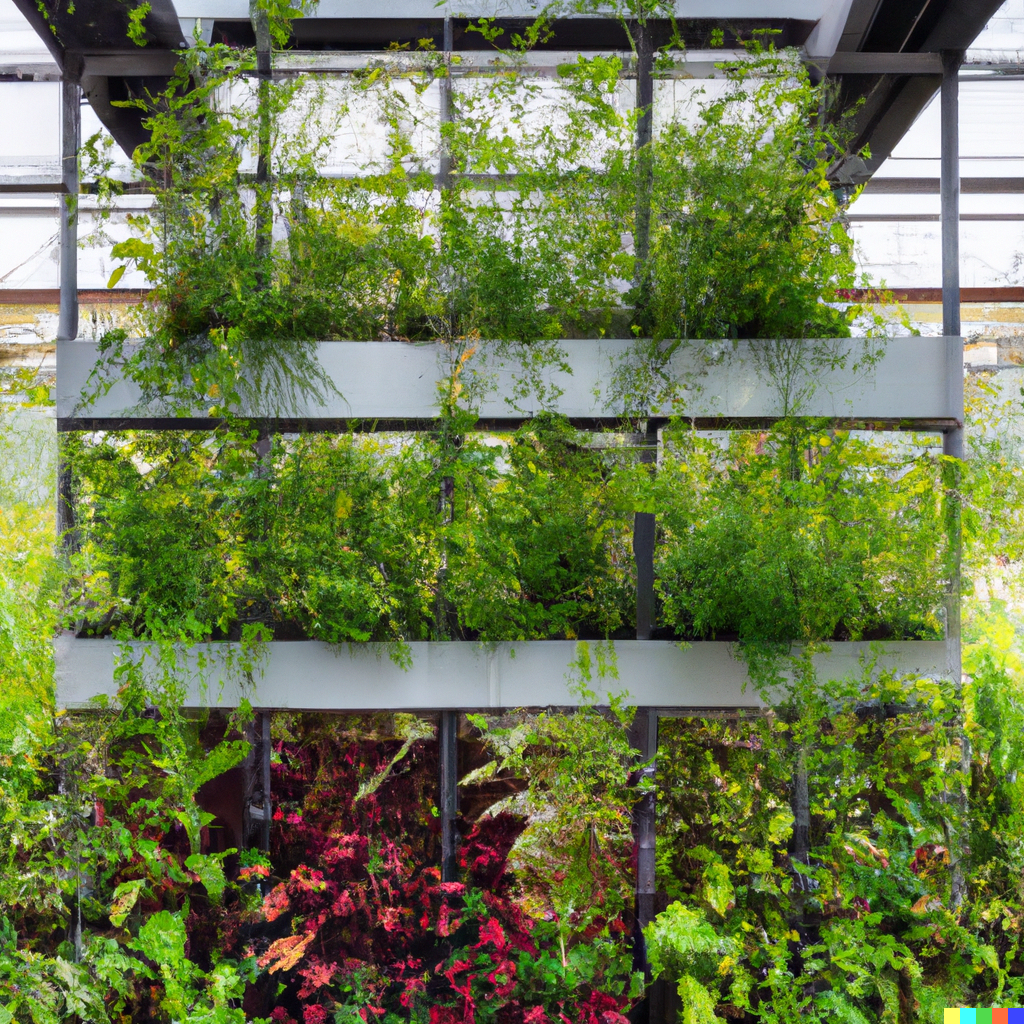Vertical Farming: The Future of Sustainable Agriculture

Vertical Farming: The Future of Sustainable Agriculture
As the global population continues to rise, the demand for food increases. In order to meet this demand, the agricultural industry has to become more efficient and sustainable. Vertical farming is a new concept that could revolutionize the way we produce food and provide a sustainable solution to the world’s food crisis.
What is Vertical Farming?
Vertical farming is a type of agriculture that utilizes vertical structures to grow crops in an indoor environment. This method of farming eliminates the need for land, sunlight, and soil, and instead relies on artificial lighting, hydroponics, and other technologies to grow crops. This type of farming is becoming increasingly popular as it offers a number of advantages over traditional farming methods.
Advantages of Vertical Farming
One of the main advantages of vertical farming is that it requires significantly less land than traditional farming methods. This is because the crops are grown in a vertical structure, which allows for more efficient use of space. Additionally, vertical farming eliminates the need for pesticides and herbicides, as the crops are grown in a controlled environment. This means that the crops are free from contaminants and can be grown organically.
Another advantage of vertical farming is that it can be used to grow crops year-round. This is because the environment can be controlled to provide the ideal conditions for the crops to thrive. Additionally, vertical farming can be used to grow crops in areas where traditional farming is not possible, such as in urban areas or areas with extreme climates.
An example of Vertical Farming
One of the most well-known examples of vertical farming is the Sky Greens vertical farm in Singapore. This farm is located in an urban area and utilizes a hydroponic system to grow crops. The farm is able to produce up to nine times more crops than traditional farming methods and uses 95% less water.
The Future of Vertical Farming
As the global population continues to rise, the demand for food will continue to increase. Vertical farming is an innovative solution that could revolutionize the way we produce food and provide a sustainable solution to the world’s food crisis. As more and more people become aware of the benefits of vertical farming, this method of agriculture is likely to become increasingly popular in the future.
Conclusion
Vertical farming is an innovative solution that could revolutionize the way we produce food and provide a sustainable solution to the world’s food crisis. This type of farming eliminates the need for land, sunlight, and soil, and instead relies on artificial lighting, hydroponics, and other technologies to grow crops. With its numerous advantages, vertical farming is likely to become increasingly popular in the future.





